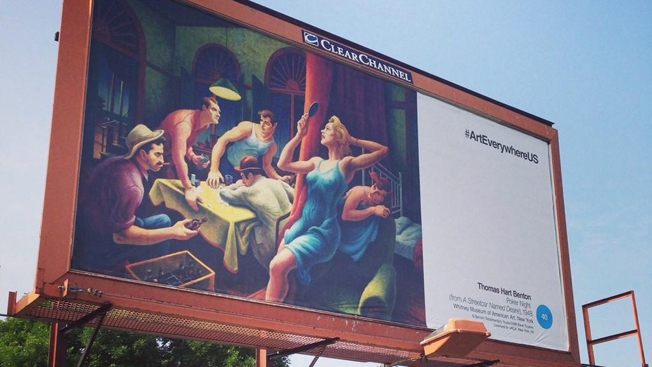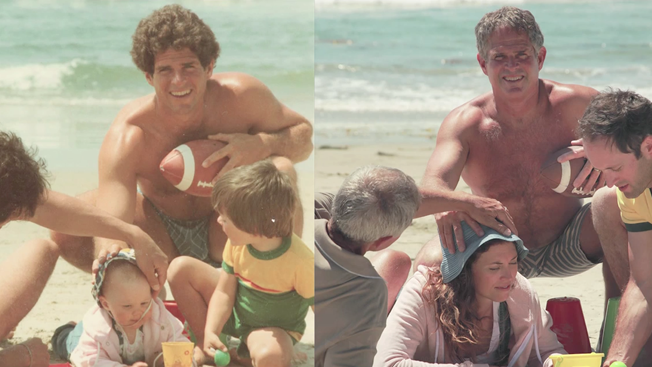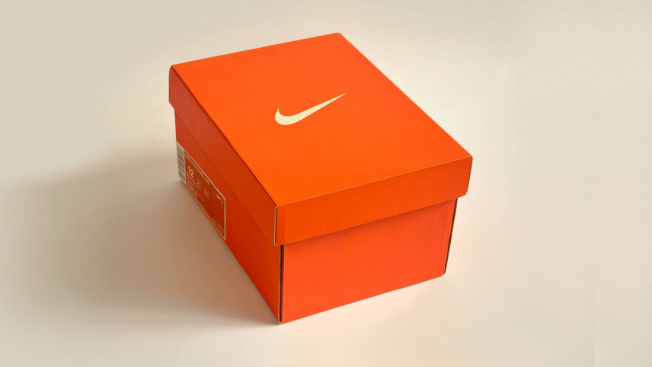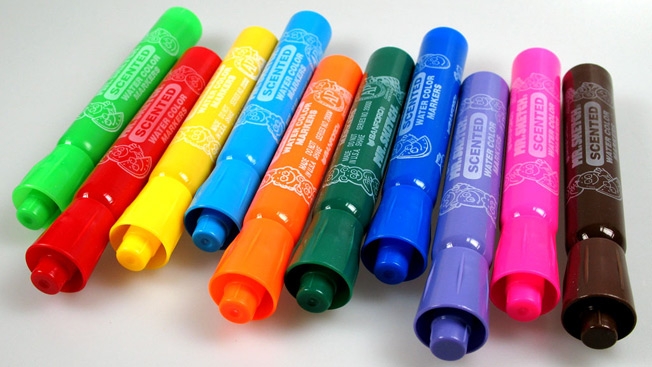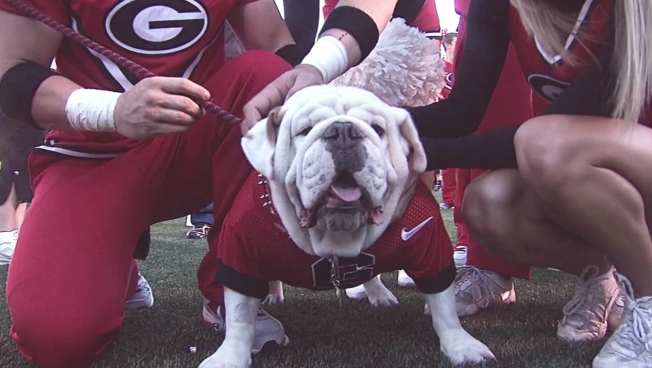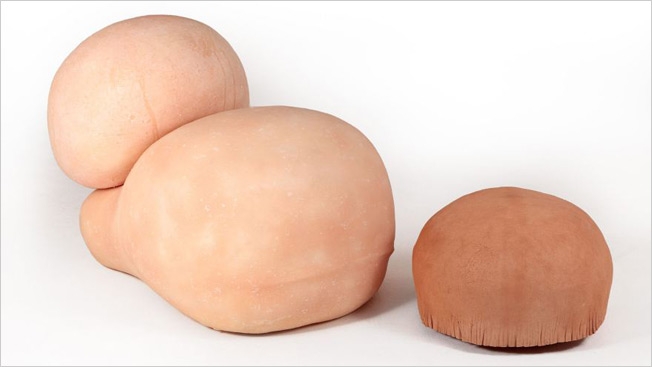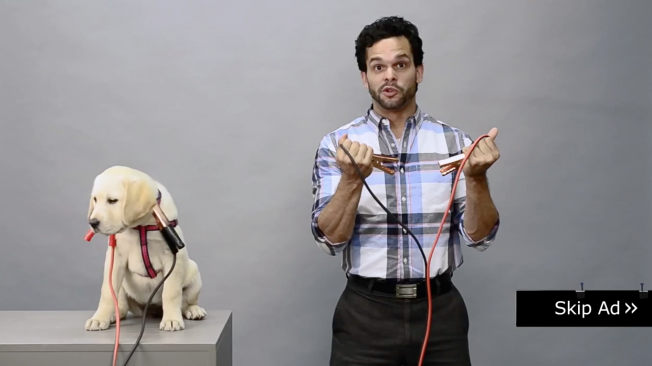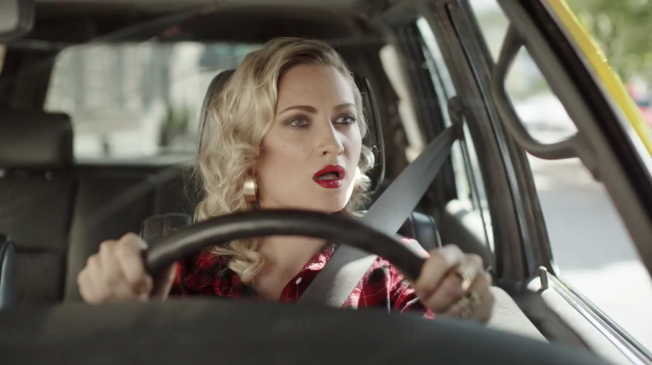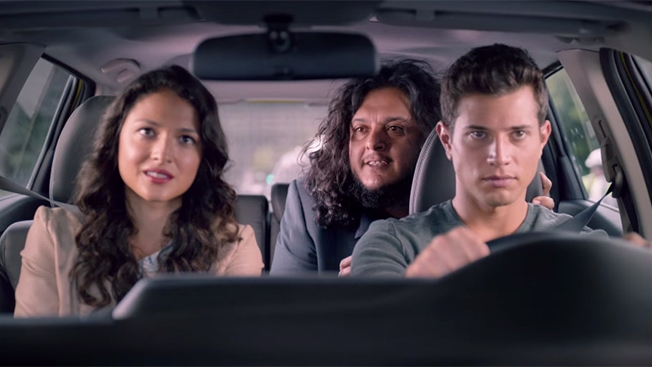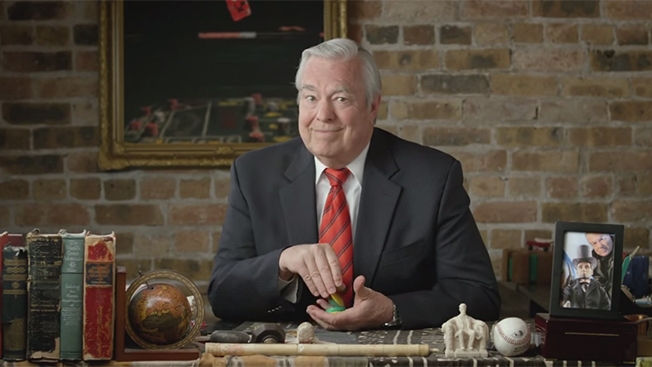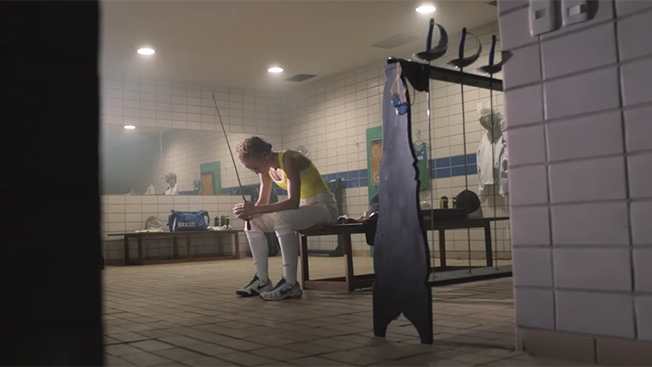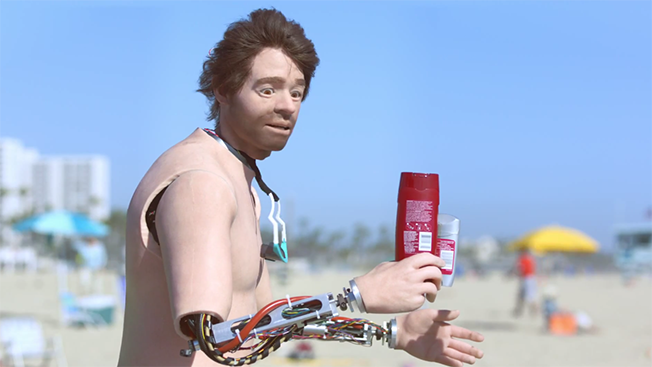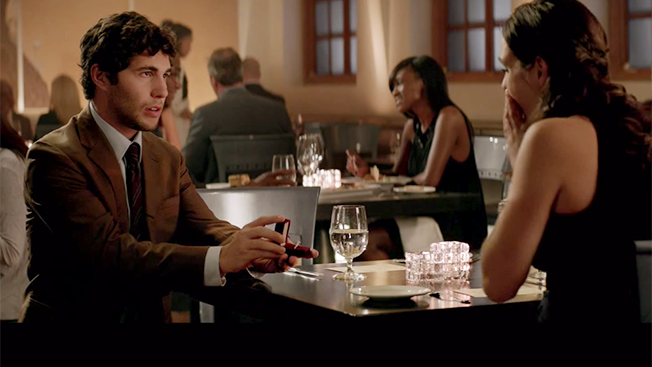
If the true measure of an ad’s popularity is the afterlife it enjoys through parody and satire, then this 1989 LifeCall ad—featuring Mrs. Fletcher and her infamous line, “I’ve fallen and I can’t get up!”—may be the best-loved commercial of all time.
In the past year, thousands of Vine users—many of them born years after the ad was made—have been using the 6-second format to parody the cult classic (and the 90’s re-make). To date, there are over 6,000 posts tagged “life alert.”
Below is just a sample of some of the ways teens and tweens (and a few ridiculous adults) have spoofed this well-meaning but terribly melodramatic spot. It starts to get even more meta when the Vines start spoofing other Vines.
(Click to play each clip, click again to stop.)
Lyin’ on the cold hard ground.
!function(a){var b=”embedly-platform”,c=”script”;if(!a.getElementById(b)){var d=a.createElement(c);d.id=b,d.src=(“https:”===document.location.protocol?”https”:”http”)+”://cdn.embedly.com/widgets/platform.js”;var e=document.getElementsByTagName(c)[0];e.parentNode.insertBefore(d,e)}}(document);
If I lie here…
!function(a){var b=”embedly-platform”,c=”script”;if(!a.getElementById(b)){var d=a.createElement(c);d.id=b,d.src=(“https:”===document.location.protocol?”https”:”http”)+”://cdn.embedly.com/widgets/platform.js”;var e=document.getElementsByTagName(c)[0];e.parentNode.insertBefore(d,e)}}(document);
Fallin’ and callin’.
!function(a){var b=”embedly-platform”,c=”script”;if(!a.getElementById(b)){var d=a.createElement(c);d.id=b,d.src=(“https:”===document.location.protocol?”https”:”http”)+”://cdn.embedly.com/widgets/platform.js”;var e=document.getElementsByTagName(c)[0];e.parentNode.insertBefore(d,e)}}(document);
Do I look like I care?
!function(a){var b=”embedly-platform”,c=”script”;if(!a.getElementById(b)){var d=a.createElement(c);d.id=b,d.src=(“https:”===document.location.protocol?”https”:”http”)+”://cdn.embedly.com/widgets/platform.js”;var e=document.getElementsByTagName(c)[0];e.parentNode.insertBefore(d,e)}}(document);
Banana operator (with cameo).
!function(a){var b=”embedly-platform”,c=”script”;if(!a.getElementById(b)){var d=a.createElement(c);d.id=b,d.src=(“https:”===document.location.protocol?”https”:”http”)+”://cdn.embedly.com/widgets/platform.js”;var e=document.getElementsByTagName(c)[0];e.parentNode.insertBefore(d,e)}}(document);
Basketball fakeout.
!function(a){var b=”embedly-platform”,c=”script”;if(!a.getElementById(b)){var d=a.createElement(c);d.id=b,d.src=(“https:”===document.location.protocol?”https”:”http”)+”://cdn.embedly.com/widgets/platform.js”;var e=document.getElementsByTagName(c)[0];e.parentNode.insertBefore(d,e)}}(document);
A little help from The Beatles.
!function(a){var b=”embedly-platform”,c=”script”;if(!a.getElementById(b)){var d=a.createElement(c);d.id=b,d.src=(“https:”===document.location.protocol?”https”:”http”)+”://cdn.embedly.com/widgets/platform.js”;var e=document.getElementsByTagName(c)[0];e.parentNode.insertBefore(d,e)}}(document);
Have you ever used tape before?
!function(a){var b=”embedly-platform”,c=”script”;if(!a.getElementById(b)){var d=a.createElement(c);d.id=b,d.src=(“https:”===document.location.protocol?”https”:”http”)+”://cdn.embedly.com/widgets/platform.js”;var e=document.getElementsByTagName(c)[0];e.parentNode.insertBefore(d,e)}}(document);
Have you ever used tape before? (version 2)
!function(a){var b=”embedly-platform”,c=”script”;if(!a.getElementById(b)){var d=a.createElement(c);d.id=b,d.src=(“https:”===document.location.protocol?”https”:”http”)+”://cdn.embedly.com/widgets/platform.js”;var e=document.getElementsByTagName(c)[0];e.parentNode.insertBefore(d,e)}}(document);
If you ain’t talkin’ money, I don’t wanna talk.
!function(a){var b=”embedly-platform”,c=”script”;if(!a.getElementById(b)){var d=a.createElement(c);d.id=b,d.src=(“https:”===document.location.protocol?”https”:”http”)+”://cdn.embedly.com/widgets/platform.js”;var e=document.getElementsByTagName(c)[0];e.parentNode.insertBefore(d,e)}}(document);
Careful with that button.
!function(a){var b=”embedly-platform”,c=”script”;if(!a.getElementById(b)){var d=a.createElement(c);d.id=b,d.src=(“https:”===document.location.protocol?”https”:”http”)+”://cdn.embedly.com/widgets/platform.js”;var e=document.getElementsByTagName(c)[0];e.parentNode.insertBefore(d,e)}}(document);
I can lift you up!
!function(a){var b=”embedly-platform”,c=”script”;if(!a.getElementById(b)){var d=a.createElement(c);d.id=b,d.src=(“https:”===document.location.protocol?”https”:”http”)+”://cdn.embedly.com/widgets/platform.js”;var e=document.getElementsByTagName(c)[0];e.parentNode.insertBefore(d,e)}}(document);
One of America’s finest.
!function(a){var b=”embedly-platform”,c=”script”;if(!a.getElementById(b)){var d=a.createElement(c);d.id=b,d.src=(“https:”===document.location.protocol?”https”:”http”)+”://cdn.embedly.com/widgets/platform.js”;var e=document.getElementsByTagName(c)[0];e.parentNode.insertBefore(d,e)}}(document);
I’ve fallen and I can’t turn up!
!function(a){var b=”embedly-platform”,c=”script”;if(!a.getElementById(b)){var d=a.createElement(c);d.id=b,d.src=(“https:”===document.location.protocol?”https”:”http”)+”://cdn.embedly.com/widgets/platform.js”;var e=document.getElementsByTagName(c)[0];e.parentNode.insertBefore(d,e)}}(document);
Don’t dubstep and fall.
!function(a){var b=”embedly-platform”,c=”script”;if(!a.getElementById(b)){var d=a.createElement(c);d.id=b,d.src=(“https:”===document.location.protocol?”https”:”http”)+”://cdn.embedly.com/widgets/platform.js”;var e=document.getElementsByTagName(c)[0];e.parentNode.insertBefore(d,e)}}(document);
Go on…
!function(a){var b=”embedly-platform”,c=”script”;if(!a.getElementById(b)){var d=a.createElement(c);d.id=b,d.src=(“https:”===document.location.protocol?”https”:”http”)+”://cdn.embedly.com/widgets/platform.js”;var e=document.getElementsByTagName(c)[0];e.parentNode.insertBefore(d,e)}}(document);





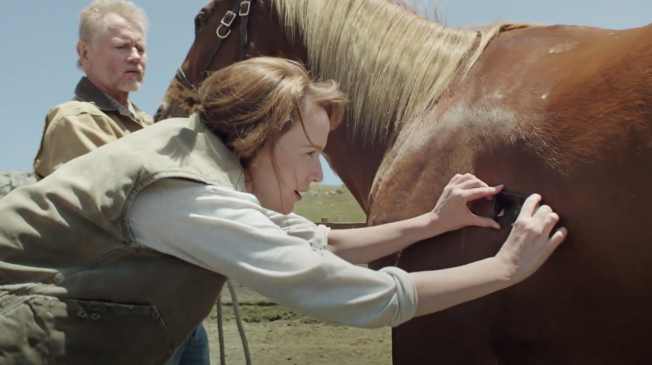
![]()


